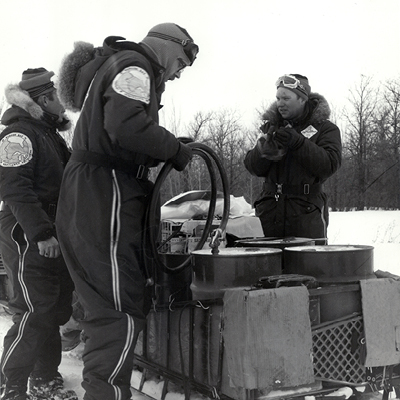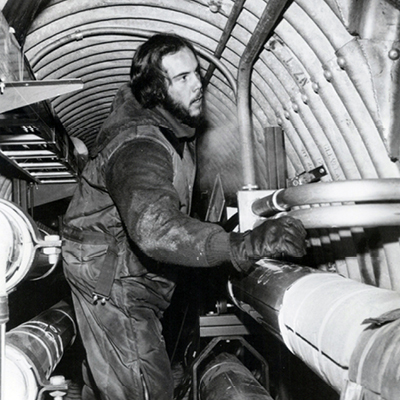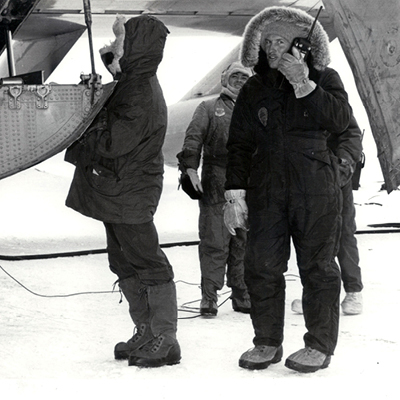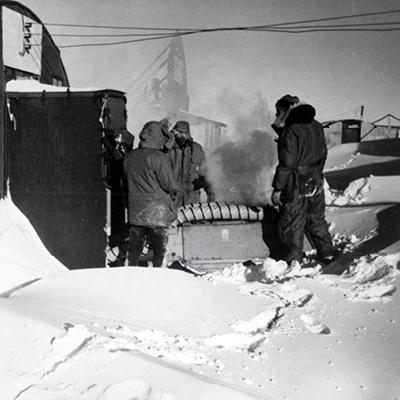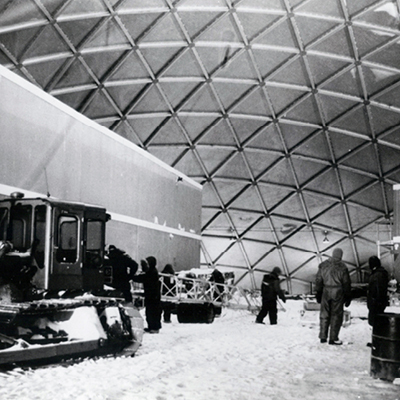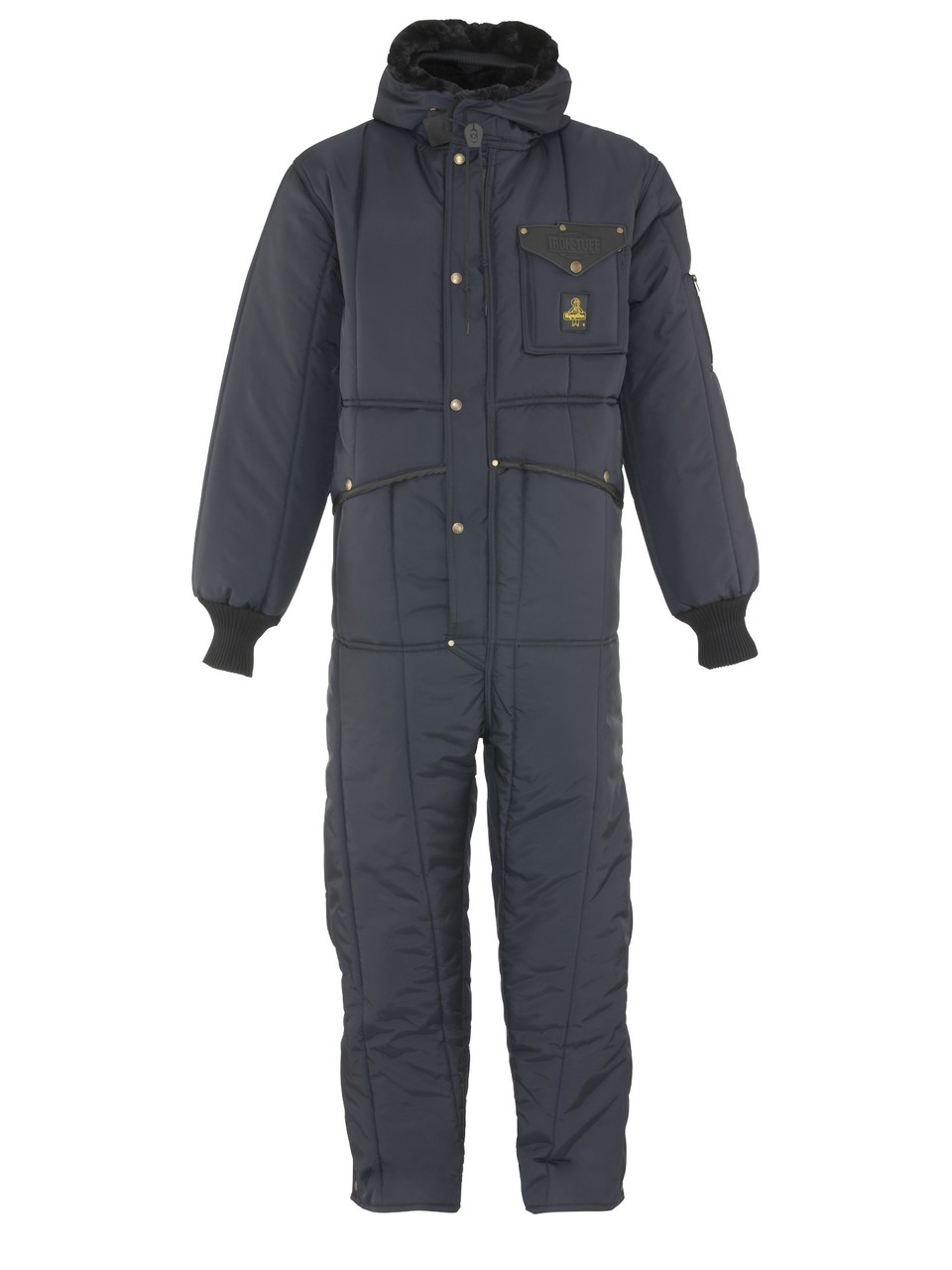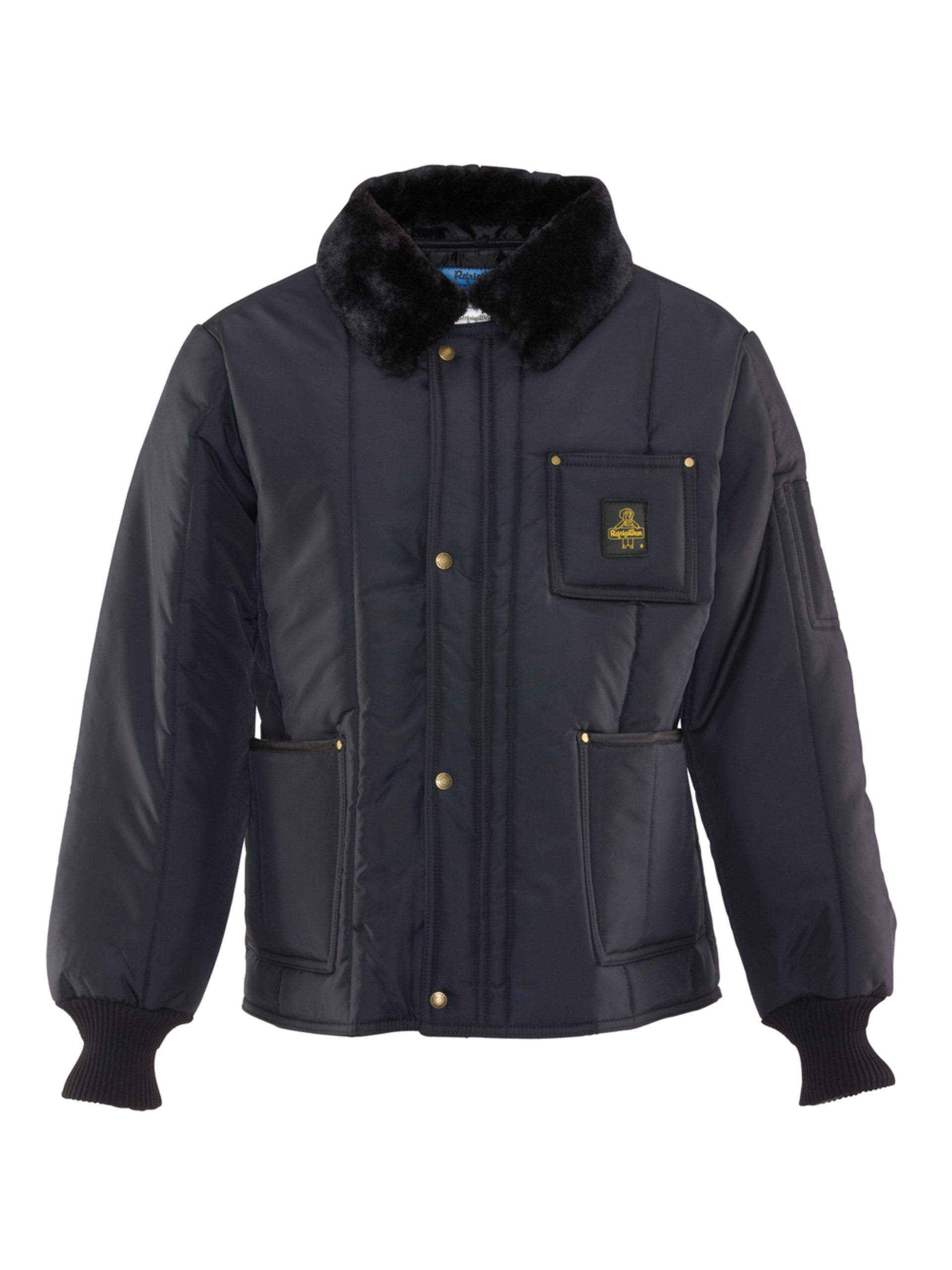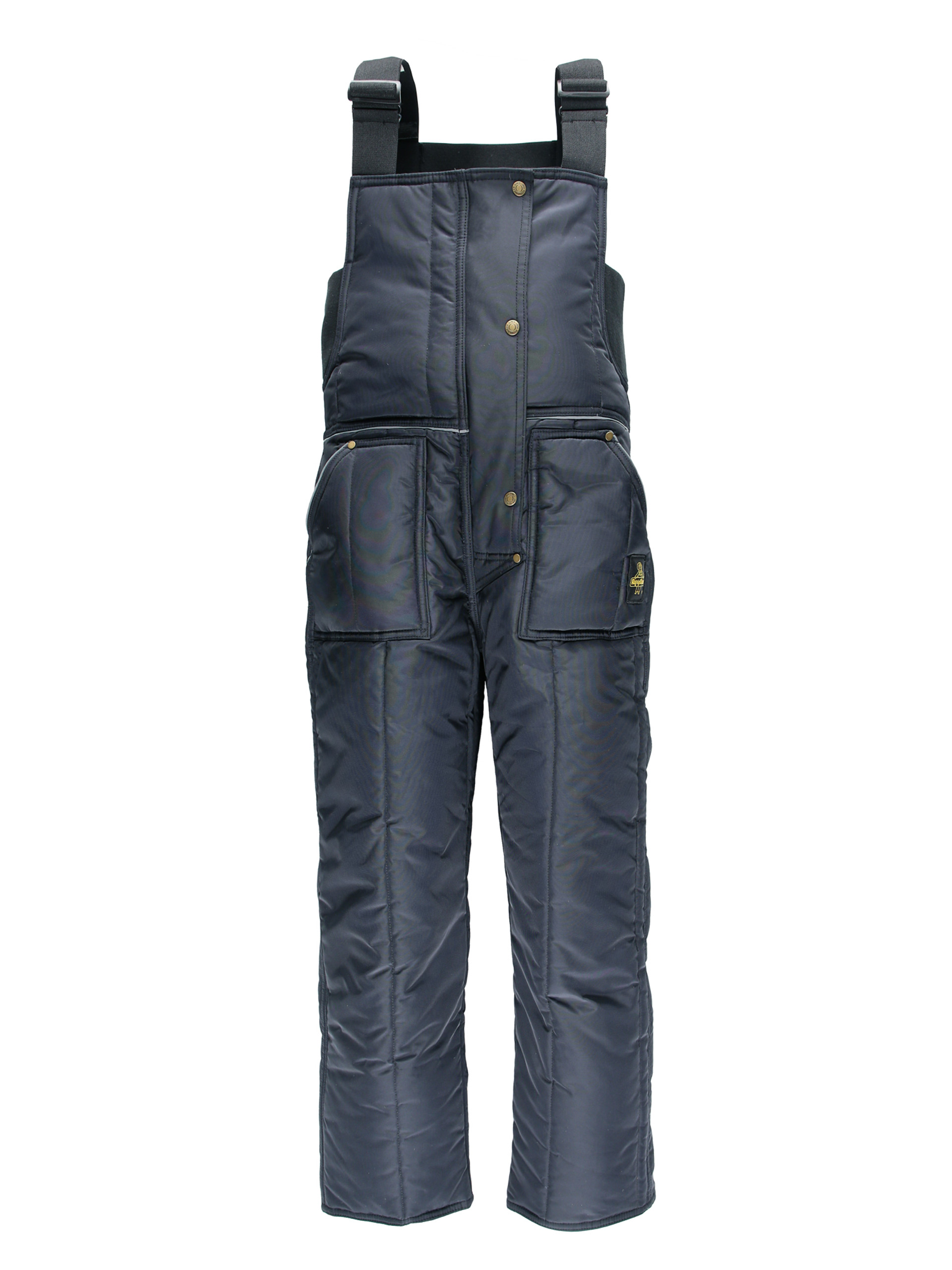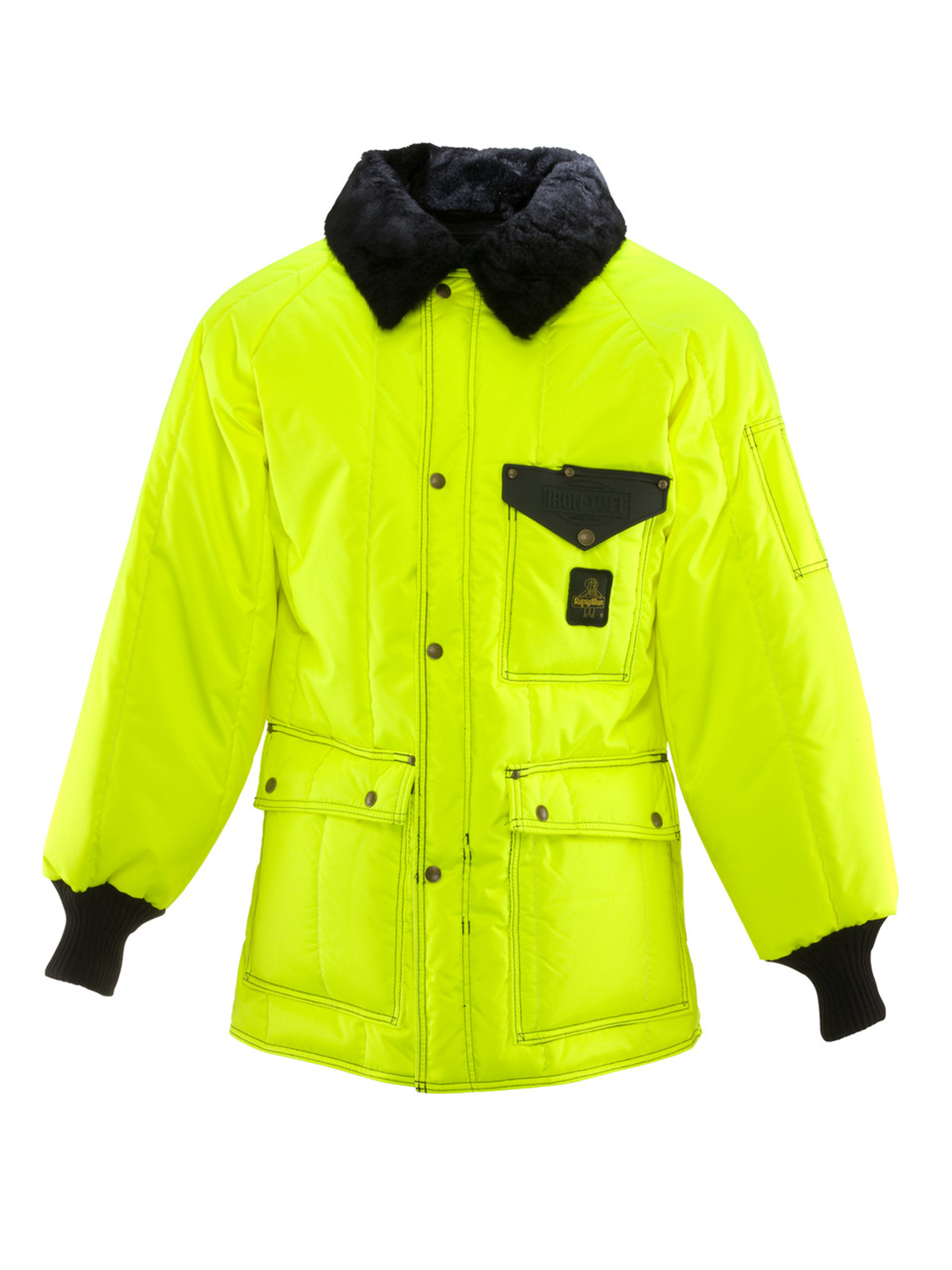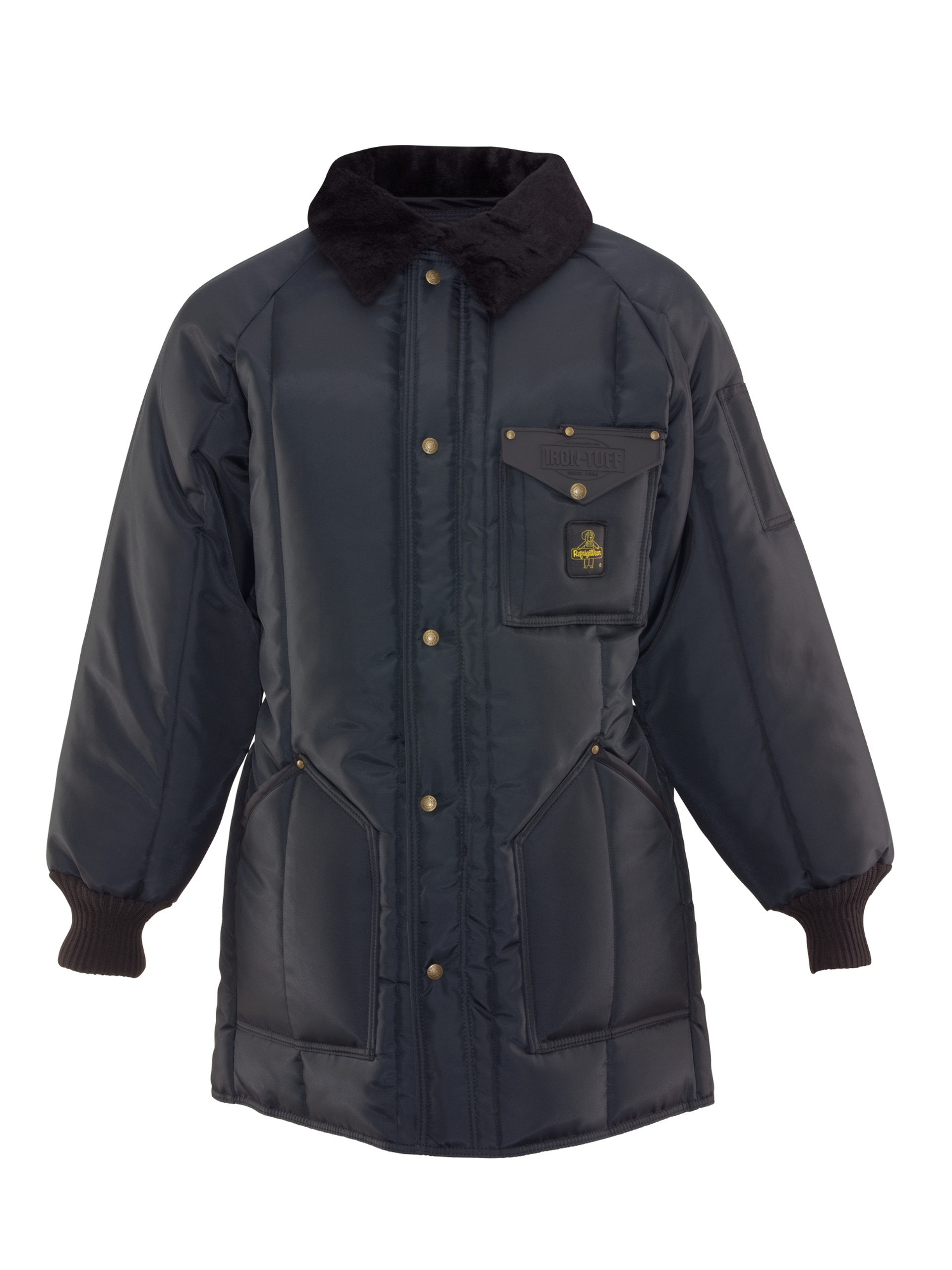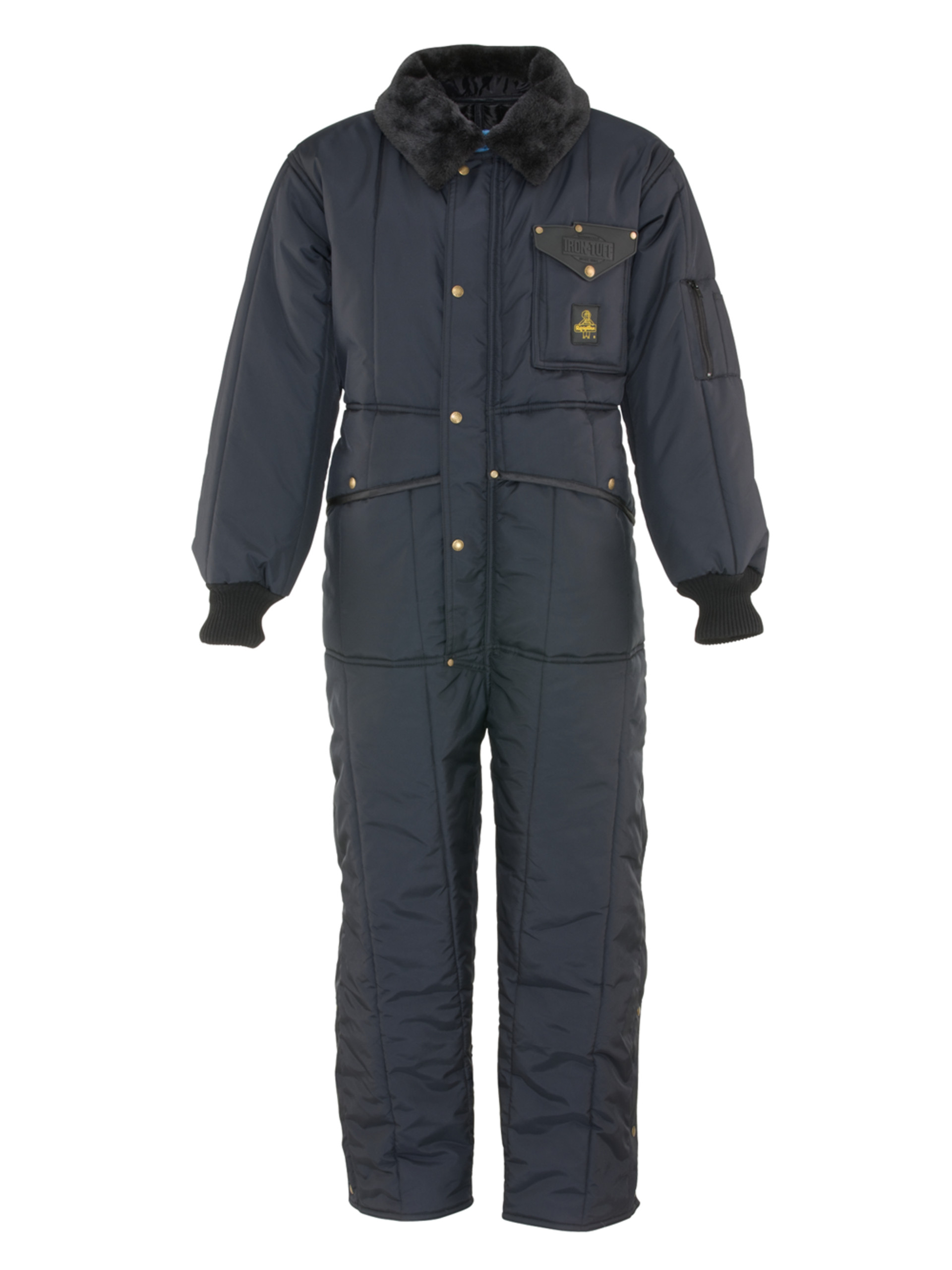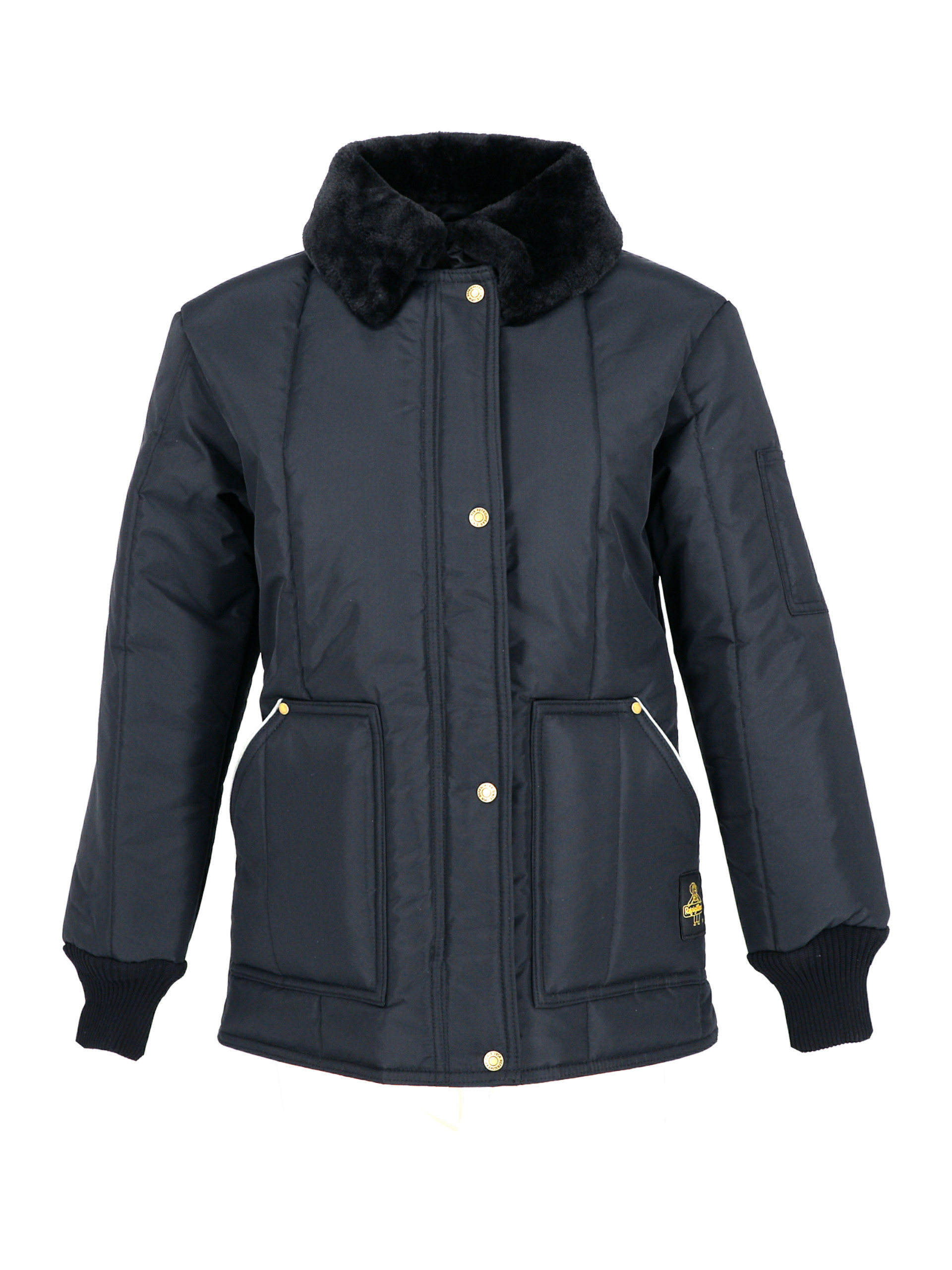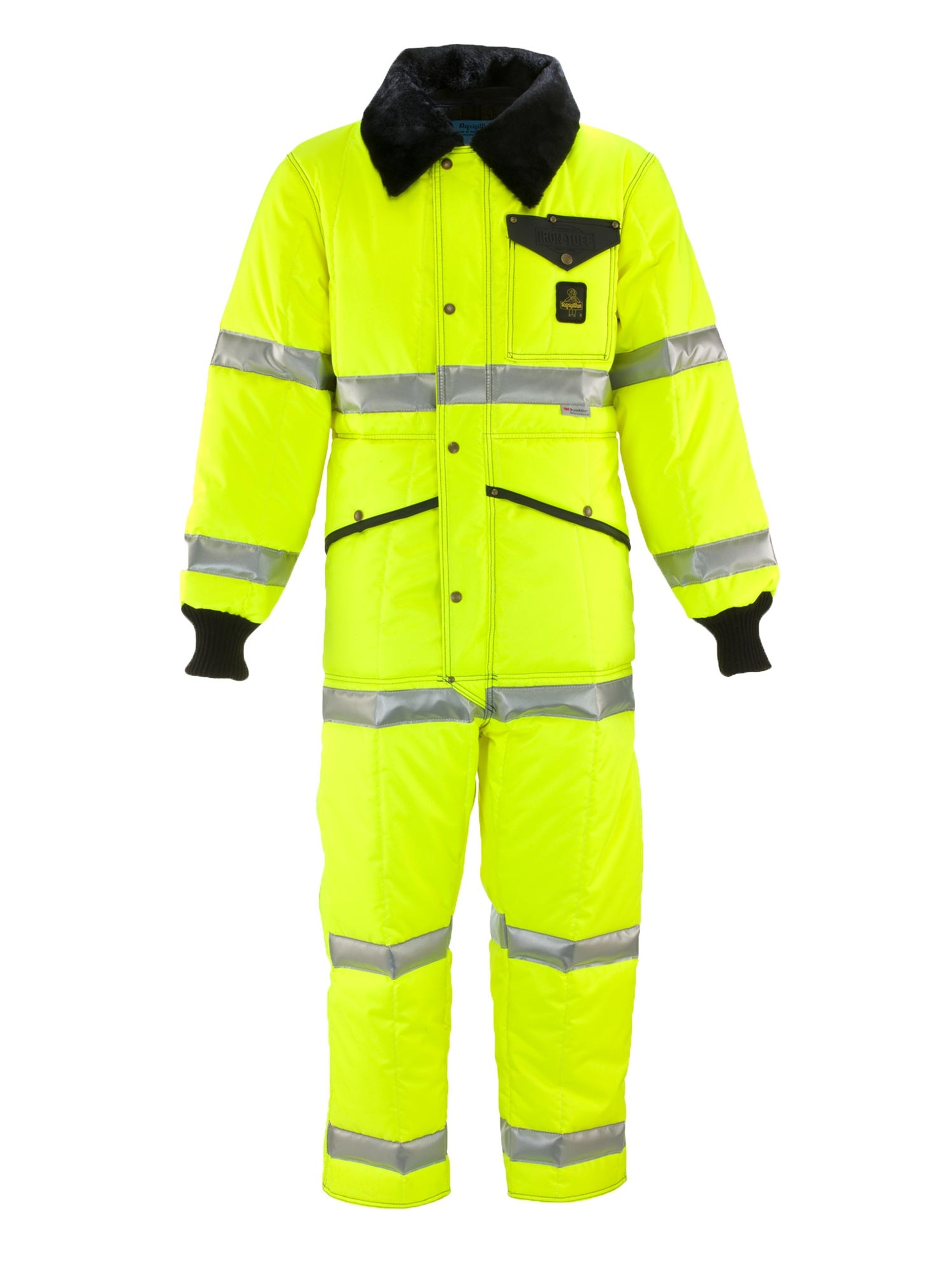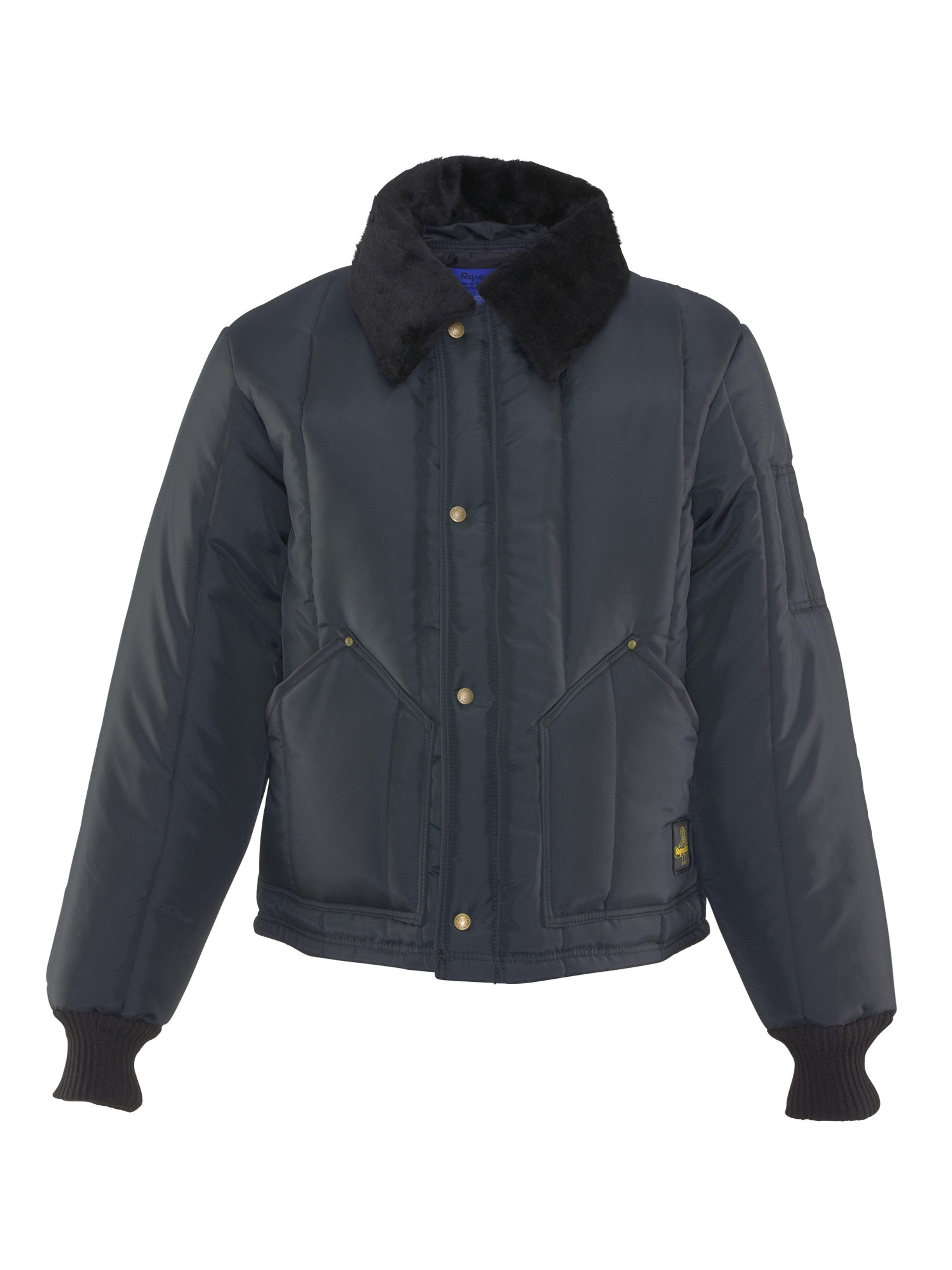- Recent Articles
-
Product Guides
-
Garments
- GEAR UP, FLEX ON: MEET THE FROSTFLEX™ SYSTEM FROM REFRIGIWEAR
- TOP 5 THINGS TO LOOK FOR IN THE WARMEST JACKETS
- WHY DO YOU NEED COLD WEATHER BIB OVERALLS?
- 5 ALL WEATHER JACKETS YOU CAN WEAR IN ANY SEASON
- 5 WORK SWEATSHIRTS AND HOODIES THAT ARE PERFECT FOR FALL TEMPERATURES
- 7 OF THE BEST WORK JACKETS FOR MEN
- 8 BEST HIGH-VISIBILITY JACKETS FOR CONSTRUCTION WORKERS
- COVERALLS vs. BIBS: WHICH ONE IS RIGHT FOR YOU?
- HOW AND WHY TO CHOOSE A PUFFER JACKET
- HOW TO CHOOSE THE BEST INSULATED BIB OVERALLS
- HOW TO CHOOSE THE RIGHT FLEECE JACKET
- BEST INSULATED GEAR FOR WOMEN
- OUTWORK ANY WEATHER WITH PREMIUM JACKETS
- THE BEST PANTS FOR COLD WEATHER
- TOP 7 FEATURES OF A SUBZERO SWEATSHIRT
- WHAT ARE THE BEST SWEATSHIRTS TO WEAR FOR COLD WEATHER?
- WHAT IS THE DIFFERENCE BETWEEN A DOWN JACKET AND A PUFFER JACKET?
- WHY AND WHEN TO WEAR A VEST FOR WARMTH
- TOP 4 OPTIONS FOR SPRING AND FALL GEAR
- 3 THINGS YOU NEED TO KNOW ABOUT HIVIS WORKWEAR
- TOP 5 MUST-HAVE FEATURES FOR RAINWEAR
- WHY DO YOU NEED A FREEZER SUIT IN THE GROCERY BUSINESS?
- WHY YOU SHOULD LOOK FOR BREATHABILITY AND WICKABILITY IN COLD WEATHER WORKWEAR
- CUSTOMER STORIES: BEST INSULATED BIB OVERALLS FOR WOMEN
-
Footwear
- SLIP-RESISTANT,SAFETY TOE, AND READY TO GO - THE SAFETY BOOT SURVIVAL GUIDE FOR HARD WORKING FEET
- 6 MOST DURABLE COLD WEATHER WORK BOOTS FOR MEN
- CASE STUDY: KEEPING CREWS ON THEIR FEET WITH PROPER FOOTWEAR
- HOW TO CHOOSE THE RIGHT SIZE WORKBOOT
- HOW TO EXTEND THE LIFE OF YOUR WORK BOOTS
- HOW TO FIND THE PERFECT WORK BOOTS FOR LANDSCAPING
- THE SCIENCE BEHIND MOISTURE-WICKING SOCKS
- YOUR FEET WILL THANK YOU FOR WEARING THESE WORK BOOTS
- 5 TIPS FOR CHOOSING THE BEST WORK BOOT
- Headwear
-
Gloves
- TOP 5 WATERPROOF WORK GLOVES
- 5 UTILITY GLOVES THAT KEEP YOU WARM IN EXTREME COLD
- GIVE COLD THE FINGER: TOP 5 FEATURES OF PREMIUM GLOVES
- HOW TO USE GLOVE LINERS
- TOP 3 ADVANTAGES OF PERFORMANCE GLOVES
- 3 WAYS TOUCHSCREEN GLOVES MAKE YOUR JOB EASIER
- TOP 4 THINGS TO LOOK FOR IN WATERPROOF GLOVES
- HOW TO WEAR GLOVE LINERS ON THE JOB
- 9 WORK GLOVES BUILT FOR SERIOUS PROTECTION AND PERFORMANCE
- 9 MUST-HAVE FEATURES FOR WAREHOUSE WORK GLOVES
- Use & Care
-
Garments
-
RefrigiWear Knowledge
- SLIP-RESISTANT,SAFETY TOE, AND READY TO GO - THE SAFETY BOOT SURVIVAL GUIDE FOR HARD WORKING FEET
- HOW TO SHOVEL SNOW SAFELY
- 10 ESSENTIAL PIECES OF COLD WEATHER GEAR FOR FARMERS
- 10 TIPS FOR WORKING SAFELY IN COLD WEATHER
- 3 REASONS WHY FREEZER SUITS ARE ESSENTIAL FOR WORKING IN THE COLD
- A BEGINNER’S GUIDE TO WORKING OUTSIDE
- ADVANTAGES OF SYNTHETIC INSULATION
- COLD WEATHER GEAR FOR OUTDOOR ACTIVITIES
- HOW TO AVOID DRAFTS IN COLD WEATHER WORK CLOTHES
- HOW TO STAY WARM FROM HEAD TO TOE IN COLD WEATHER
- HOW TO STAY WARM ON THE JOB SITE
- HOW TO STORE WINTER WORKWEAR FOR THE SUMMER
- HOW TO USE REFRIGIWEAR COMFORT RATINGS TO CHOOSE INSULATED GEAR
- THE HEALTH RISKS OF WEARING TOO MUCH COLD WEATHER GEAR
- THE IMPORTANCE OF PROPER FOOT CARE WHEN WORKING IN THE COLD
- THE ULTIMATE SAFETY CHECKLIST FOR CONSTRUCTION WORKERS IN COLD CONDITIONS
- WHAT SHOULD I WEAR FOR SNOWMOBILING?
- WHAT’S THE TOUGHEST GEAR FOR COLD WEATHER?
- WHICH TYPE OF SLEEVE IS RIGHT FOR YOUR WINTER ACTIVITY?
- TOP 5 COLDEST AMERICAN CITIES AND HOW TO STAY WARM
- TOP 4 TIPS FOR WORKING IN THE RAIN
- 5 TIPS FOR MOTORCYCLING IN WINTER
- HOW TO DRESS FOR THE COLD IN 4 EASY STEPS
- A BEGINNER’S GUIDE TO STAYING WARM WHILE WORKING IN THE COLD
- HOW TO STAY WARM WHEN WORKING IN THE COLD
- Stories
BREAKING GROUND IN THE FROZEN NORTH:
IRON-TUFF® AND THE TRANS-ALASKA PIPELINE
Answering the call to hard work is what America does best. In 1973, when the oil crisis put the squeeze on the U.S., crews answered by taking on one of the toughest engineering jobs ever: the Trans Alaska Pipeline. Just over three years and 800-miles of steel through frozen mountains and icy oil fields pushed both the crews, and their gear, to the limit.
The first challenge was pulling oil out of the Arctic. The second? Doing it in subzero temps, 40-below windchills, and permafrost buried under snow and ice. Thousands of crew members worked around the clock through Arctic storms, frozen tundra, and mountain passes to stretch the line from Prudhoe Bay to Valdez. They couldn’t do it in just any gear. They suited up in the toughest cold-weather system ever built — Iron-Tuff® insulated workwear from RefrigiWear. Out there, it took more than grit and heavy machinery to get the job done.
The Gear That Got It Done
Iron-Tuff® insulated PPE was originally built for freezer storage and industrial cold rooms. Naturally, it crushed the Arctic just as easily. During pipeline construction, crews relied on Iron-Tuff® jackets, coveralls, and insulated coats to push through biting winds, bone-chilling temps, and brutal jobsite conditions. When the cold fought back, Iron-Tuff® held the line and kept workers moving.
Key Iron-Tuff® Features That Delivered in the Arctic
- –50°F Comfort Rating: RefrigiFill™ polyester insulation keeps warmth locked in and bound seams seal out the wind.
- Abrasion and Water-Resistant: 400-denier nylon outer shell resists rips and tears from rugged terrain or tools, while keeping moisture where it belongs–on the outside.
- Reinforcements: Brass rivets on high-stress areas and heel reinforcement patches for long-term wear.
Cold-Weather Results That Mattered
TAPS constructions crews worked year-round though long Arctic winters with limited daylight, whiteout conditions, and dangerously low wind chills. Crews often worked on elevated sections of pipeline, or on rugged, icy terrain where frostbite and hypothermia were constant risks. Having tough gear was about more than getting the job done, it was about staying alive. Shape
From early pipeline phases to maintenance work, Iron-Tuff thermal workwear is field-tested for success, and delivers on all fronts. Today, the Trans-Alaska Pipeline still flows strong. And Iron-Tuff® insulated workwear is still trusted on pipelines, oilfields, and job sites across North America.
